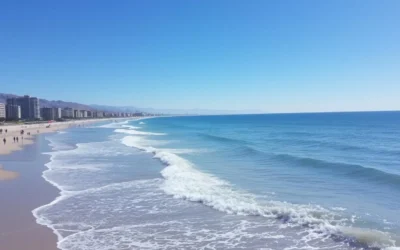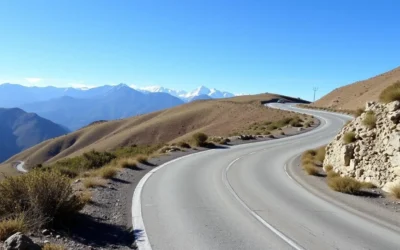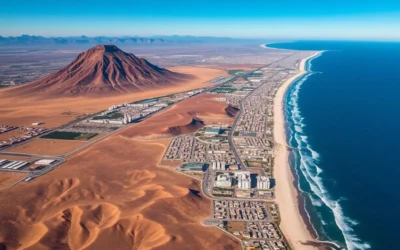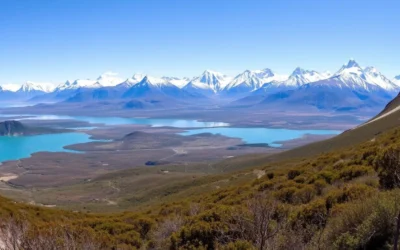Did you know that Punta Arenas is the world’s southernmost continental city with a population over 100,000? Perched at the edge of the Strait of Magellan, this remote Chilean outpost serves as the gateway to Antarctica, with over 90% of scientific expeditions to the frozen continent departing from its harbor. Once a thriving gold rush town and penal colony, today’s Punta Arenas welcomes adventurous travelers seeking penguin encounters, Patagonian wilderness, and a taste of life at the end of the world.
Getting There & Planning Your Journey
Reaching this remote Patagonian city requires some planning, but the journey is well worth the effort. Most international travelers arrive via Santiago, Chile’s capital, where you can catch a direct flight to Punta Arenas Airport (PUQ). The flight takes approximately 3.5 hours and offers spectacular views of the Andes Mountains and Patagonian landscapes.
Find Your Flight to Punta Arenas
Compare prices and book your flights to this Patagonian gateway. Early booking is recommended, especially during the peak summer season (December-February).
Alternatively, some travelers arrive by cruise ship through the Strait of Magellan or by bus from Argentina’s Ushuaia or El Calafate. If you’re coming from Puerto Natales (the gateway to Torres del Paine National Park), regular buses make the 3-hour journey to Punta Arenas.
Chilean citizens don’t need a visa to enter Chile, but travelers from the US, Canada, Australia, and most European countries receive a tourist card upon arrival that’s valid for up to 90 days. Always check the latest visa requirements before your trip.
Best Time to Visit & Weather Tips
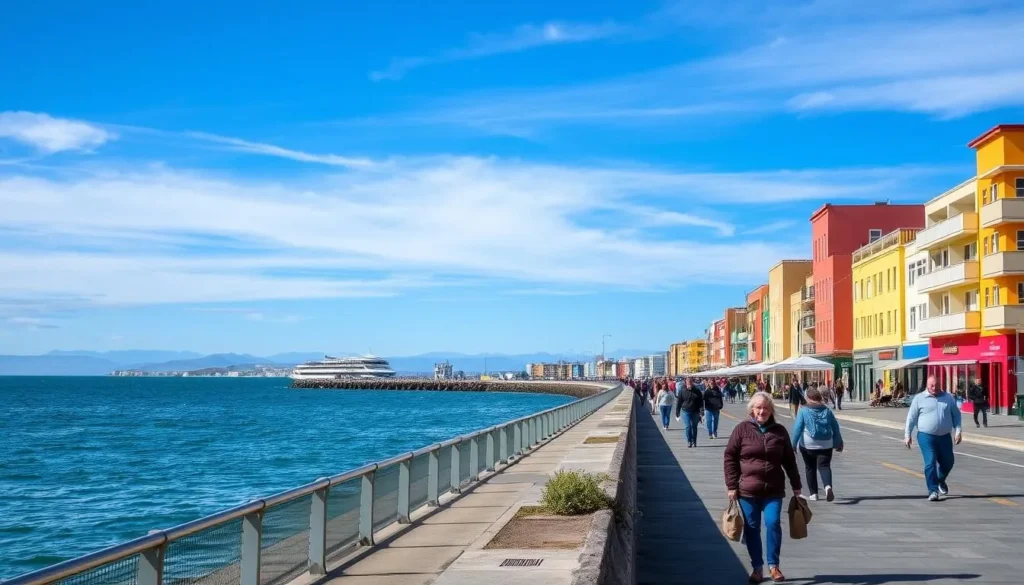
Punta Arenas experiences a subpolar climate with relatively mild temperatures year-round, though the weather can be unpredictable. The best time to visit is during the southern hemisphere summer (December to February), when temperatures range from 50-60°F (10-15°C) and daylight extends up to 18 hours, giving you plenty of time to explore.
Weather Warning: Even in summer, be prepared for strong winds (up to 60 mph/100 kmh), sudden rain showers, and rapid temperature changes. Locals joke that you can experience all four seasons in a single day!
The shoulder seasons (October-November and March-April) offer fewer crowds and still-reasonable weather, though some attractions may have limited hours. Winter (May-September) brings shorter days, occasional snow, and temperatures hovering around 30-40°F (-1 to 4°C). Many penguin tours don’t operate during winter as the birds migrate elsewhere.
No matter when you visit, pack layers, a windproof/waterproof jacket, good walking shoes, sunglasses, and sunscreen (the UV index can be high despite cool temperatures).
Getting Around Locally
Punta Arenas is a compact city with a walkable downtown area. Most attractions within the city center are within a 20-30 minute walk of each other. For longer distances or during inclement weather, taxis are readily available and relatively inexpensive.
Public buses serve the greater Punta Arenas area, but schedules can be irregular. If you’re planning to explore beyond the city limits or visit Torres del Paine National Park independently, renting a car is your best option.
Explore Patagonia at Your Own Pace
Rent a car to discover the breathtaking landscapes around Punta Arenas and southern Patagonia. 4WD vehicles are recommended for remote areas.
For many of the region’s top attractions, such as penguin colonies and Torres del Paine, organized tours are often the most convenient option. These typically include transportation from your hotel and expert guides who enhance your experience with local knowledge.
Where to Stay
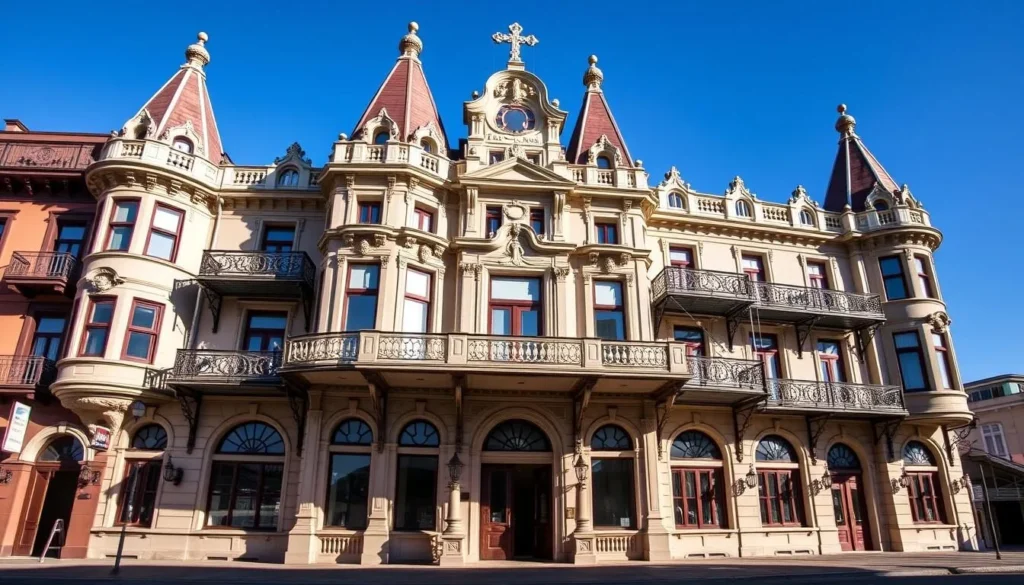
Punta Arenas offers accommodations for every budget, from backpacker hostels to luxury hotels. Most are concentrated in the city center, within walking distance of the main plaza and waterfront.
Budget Options
Hostels like Hostel Entre Vientos offer dormitory beds starting around $15-20 USD per night. Many include breakfast and have both dorm and private rooms. Hospedaje Costanera and Hostal Boutique Puerta Roja are well-rated budget choices with private rooms under $50.
Mid-Range Hotels
For comfortable accommodations with more amenities, consider Hotel Cabo de Hornos or Apart Hotel Endurance, both offering excellent locations and services for $80-150 per night. Hotel Albatros provides modern rooms with great views of the Strait of Magellan.
Luxury Stays
Hotel Jose Nogueira, housed in a restored 19th-century mansion, offers elegant rooms and a glimpse into the city’s prosperous past. Dreams del Estrecho Hotel features modern luxury with a casino and spa facilities. Expect to pay $150-250 per night.
Book Your Punta Arenas Accommodation
Secure your stay in this Patagonian gateway city. Hotels fill quickly during peak season (December-February), so early booking is essential.
For longer stays or family trips, apartment rentals are available throughout the city, offering more space and kitchen facilities. Whatever your choice, book well in advance during the high season (December-February) when accommodations fill quickly with tourists heading to Torres del Paine and Antarctica.
Dining & Local Cuisine
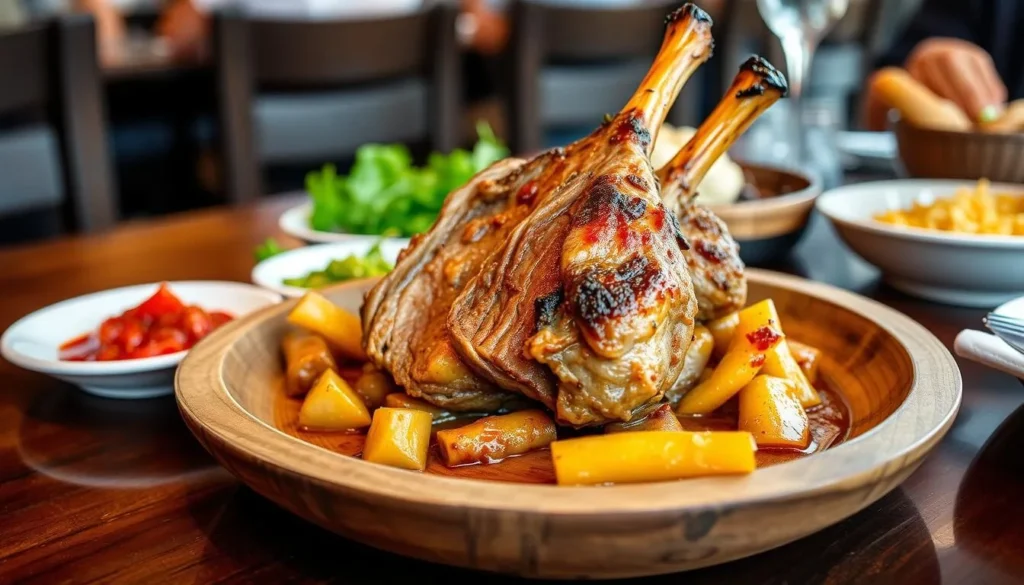
Punta Arenas offers a surprising variety of dining options, with seafood and lamb featuring prominently on local menus. The city’s position on the Strait of Magellan ensures fresh seafood, while the surrounding Patagonian plains provide excellent lamb and beef.
Must-Try Local Dishes
Recommended Restaurants
La Marmita
A local favorite serving traditional Patagonian cuisine, including excellent guanaco dishes. The rustic interior creates a cozy atmosphere perfect for trying regional specialties.
Address: Pl. Francisco Sampaio 678, Punta Arenas
Luan’s Restaurant
Known for exceptional seafood and friendly service. Their king crab dishes and ceviche are particularly recommended. The restaurant has a warm, family-run atmosphere.
Address: Mejicana 1104, Punta Arenas
For coffee and light meals, Wake Up – Coffee & Brunch offers excellent coffee and sandwiches in a stylish setting. La Chocolatta is perfect for hot chocolate and churros on a chilly Patagonian day. Kiosco Roca serves the local specialty choripan (sausage sandwich) with banana milkshakes – an unusual but beloved combination.
Dining Tip: Restaurants typically open for lunch around 12:30-1:00 PM and dinner from 7:30-8:00 PM onwards. Many places close during the afternoon (4:00-7:00 PM). Tipping 10% is customary for good service.
Attractions & Sightseeing

City Attractions
Museums

Don’t miss the street art scattered throughout the city, particularly near the waterfront. Many murals reflect the maritime heritage and cultural diversity of Punta Arenas, including the significant Croatian influence that shaped the city’s development.
Learn More
Penguin Colonies & Wildlife Excursions
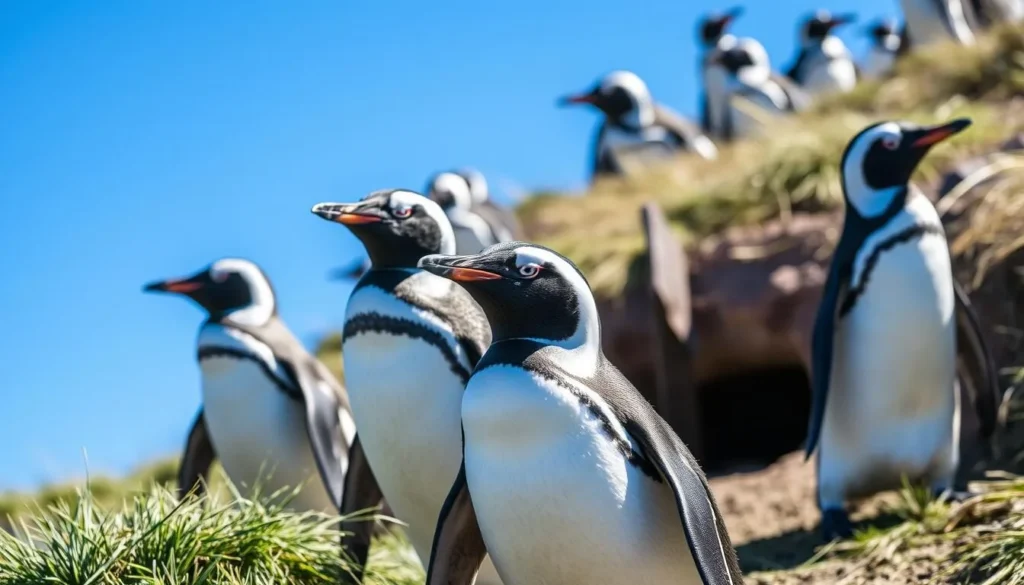
One of the absolute highlights of visiting Punta Arenas is the opportunity to see penguins in their natural habitat. Several colonies are accessible as day trips from the city.
Magdalena Island Penguin Colony
Home to over 120,000 Magellanic penguins, this island in the Strait of Magellan offers an unforgettable wildlife experience. Visitors can walk designated paths among the penguins, who seem largely unfazed by human presence. The boat journey takes about 45 minutes each way, though be warned – the strait can be extremely rough, and seasickness is common.
Important: Magdalena Island tours only operate from October to March when the penguins are nesting. Book early in your stay as tours are frequently canceled due to weather conditions.
King Penguin Park on Tierra del Fuego
For a truly special experience, take a full-day tour to see the only King penguin colony outside of Antarctica and the Subantarctic islands. Located on Tierra del Fuego island, this relatively new colony offers the rare chance to observe these magnificent birds, which stand nearly 3 feet tall. The tour involves a long drive and ferry crossings but rewards with unforgettable wildlife viewing.
Whale Watching & Glacier Tours
Combine wildlife viewing with spectacular scenery on a boat tour through the fjords near Punta Arenas. These full-day excursions offer opportunities to spot humpback whales, sei whales, dolphins, and sea lions while also visiting impressive glaciers. The calmer waters of the fjords make these tours a good alternative for those concerned about seasickness on the Magdalena Island crossing.
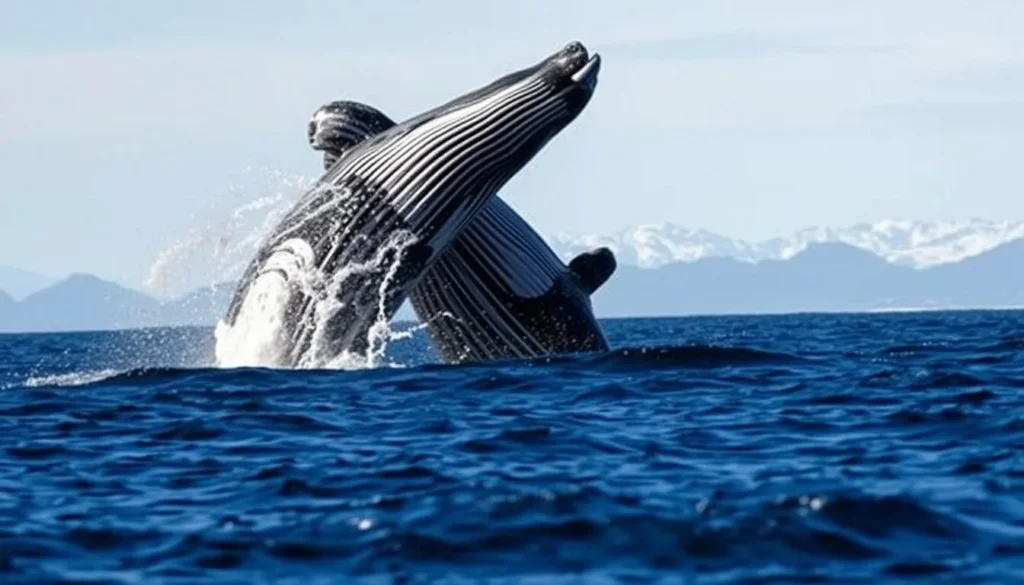
Day Trips & Outdoor Adventures

Torres del Paine National Park
While ideally deserving several days, this world-famous national park can be visited as a long day trip from Punta Arenas. The journey takes about 4 hours each way, but the breathtaking views of the granite towers, turquoise lakes, and abundant wildlife make it worthwhile. Day tours typically include stops at key viewpoints, Mylodon Cave, and sometimes Puerto Natales.
Pro Tip: For a more relaxed experience, consider staying overnight in Puerto Natales (2 hours closer to the park) or at lodges within Torres del Paine itself.
Fort Bulnes
Located about 60km south of Punta Arenas, this reconstructed wooden fort sits on a rocky hill overlooking the Strait of Magellan. Built in 1843 to establish Chilean sovereignty over the strait, it offers fascinating historical insights and spectacular views. The site includes a church, jail, post office, and other period buildings that recreate life in this remote outpost.
Magallanes National Reserve
Just 20km west of the city, this protected area offers hiking trails through lenga forests with opportunities to spot native wildlife like foxes, woodpeckers, and condors. The reserve provides a taste of Patagonian wilderness without the long journey to Torres del Paine.
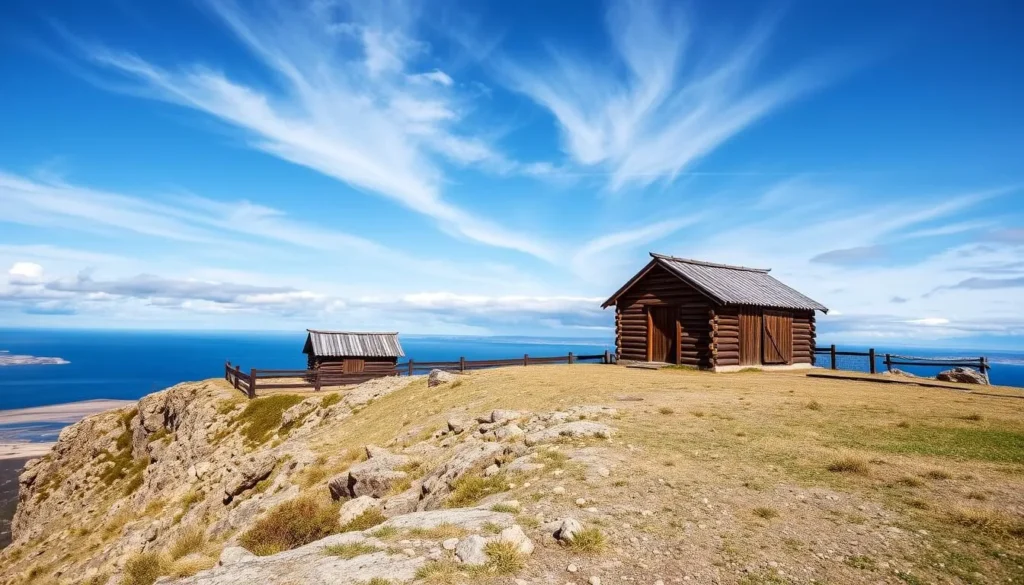
Lord Lonsdale Shipwreck
Located along the coastal road, this atmospheric shipwreck serves as a memorial to sailors who navigated the treacherous Strait of Magellan. The rusting remains of this German vessel, which mysteriously ended up in Punta Arenas after catching fire in the Falkland Islands in 1909, create a haunting scene against the Patagonian landscape.
Practical Travel Tips
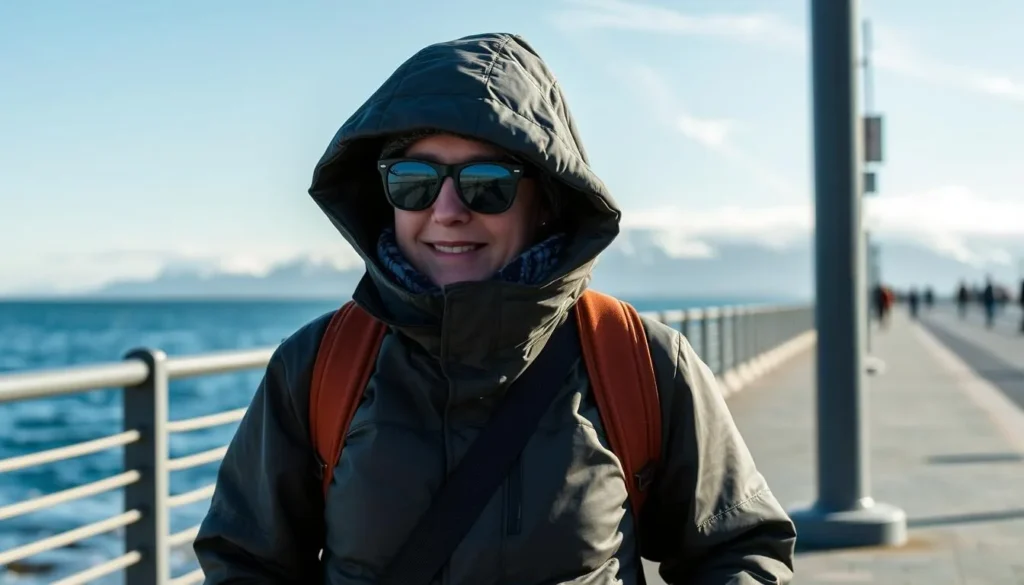
Weather Preparedness
Punta Arenas is known for its strong winds and rapidly changing weather. Even in summer, temperatures rarely exceed 65°F (18°C). Pack layers, including a windproof/waterproof jacket, hat, gloves, and sturdy walking shoes. Sunscreen is essential as the UV index can be high despite cool temperatures.
Money Matters
The Chilean Peso (CLP) is the local currency. ATMs are readily available in the city center, and major credit cards are accepted at most hotels and restaurants. However, smaller establishments and tour operators may only accept cash, so keep some pesos on hand. Tipping 10% is customary in restaurants.
Language
Spanish is the official language, and while tourism industry workers often speak some English, having a few basic Spanish phrases will enhance your experience. Download a translation app or carry a phrasebook, especially if venturing beyond tourist areas.
Useful Spanish Phrases
Safety Information
Punta Arenas is generally safe for tourists, with low crime rates. However, standard precautions apply: keep valuables secure, be aware of your surroundings, and avoid isolated areas at night. The greatest risks come from the weather and terrain when hiking or on boat excursions, so always follow guide instructions.
Connectivity
Wi-Fi is available in most hotels, cafes, and restaurants in Punta Arenas. Mobile coverage is good within the city but can be spotty in remote areas. Consider purchasing a local SIM card if you need reliable connectivity throughout your trip.
Health Considerations
No special vaccinations are required for Chile beyond routine immunizations. Punta Arenas has good medical facilities, but travel insurance is strongly recommended to cover any emergency medical needs. The tap water is generally safe to drink in the city.
Local Etiquette: Chileans typically greet with a kiss on the right cheek. Punctuality is appreciated but not strictly observed. When visiting someone’s home, bringing a small gift like wine or chocolates is customary.
Ready for Your Punta Arenas Adventure?
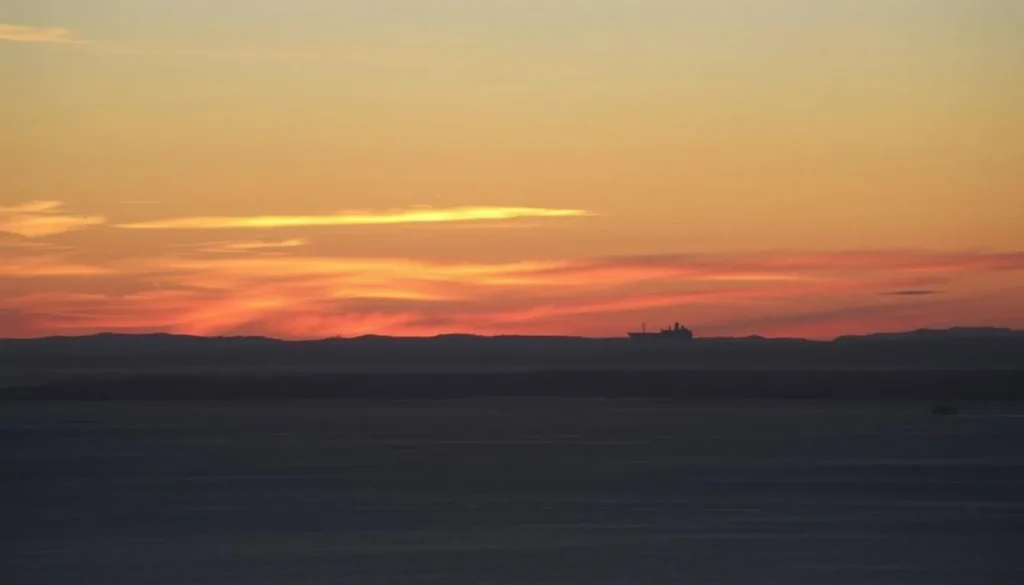
Standing at the edge of the continent, Punta Arenas offers a unique blend of frontier history, spectacular wildlife, and access to some of the world’s most pristine wilderness. From walking among thousands of penguins to marveling at the towering peaks of Torres del Paine, the experiences here create memories that last a lifetime.
This remote city may require extra effort to reach, but those who make the journey are rewarded with authentic Patagonian culture, untamed natural beauty, and the special feeling of having ventured to one of the world’s true frontiers. As the local saying goes, once you’ve eaten the calafate berry, you’re destined to return to Patagonia – and after experiencing all that Punta Arenas has to offer, you’ll likely be planning your return before you’ve even left.
Start Planning Your Patagonian Adventure
From flights and accommodations to tours and transportation, secure all your travel needs for an unforgettable journey to the end of the world.
The above is subject to change.
Check back often to TRAVEL.COM for the latest travel tips and deals.

